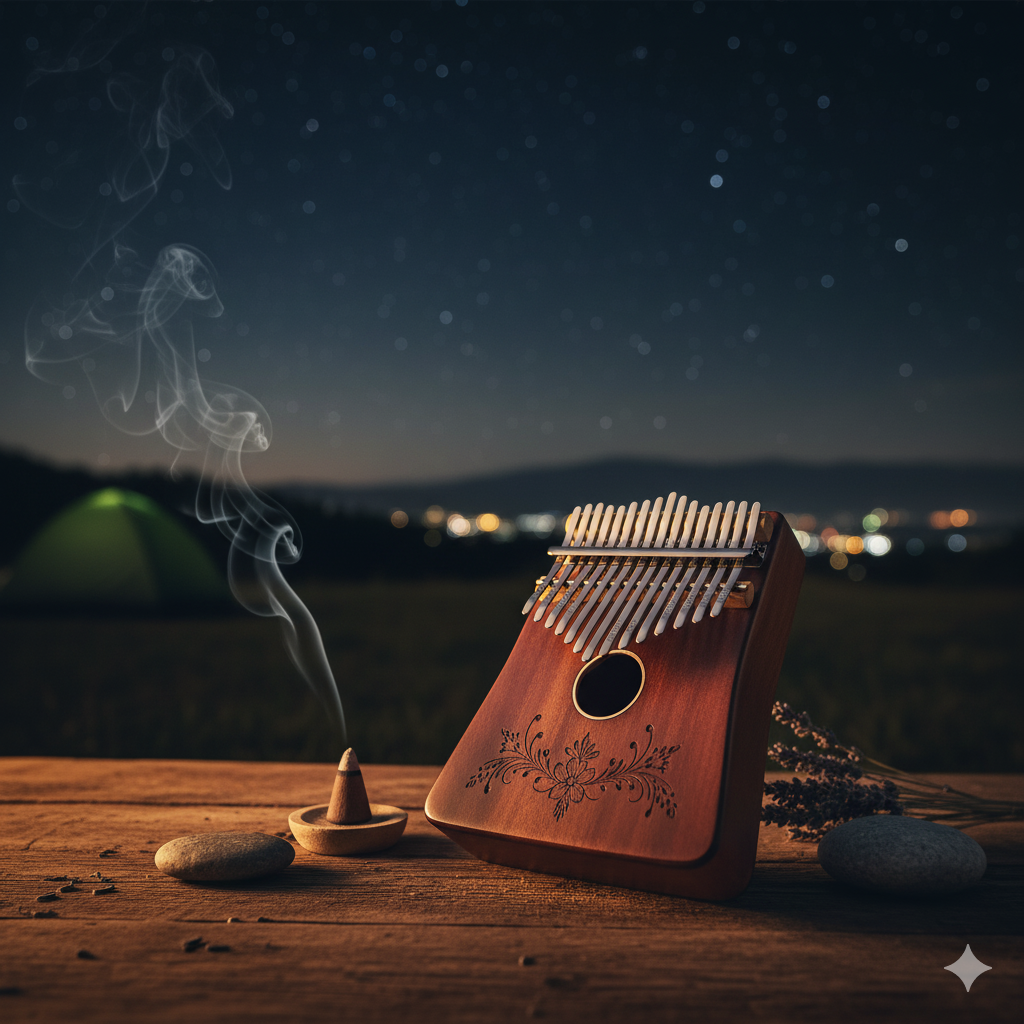Discover the Magic of the Kalimba: A Pocket-Sized Piano for Everyone

The Kalimba, often called the “thumb piano,” is a small, portable instrument that has captured the hearts of musicians and hobbyists across the United States. With its soothing sound, easy learning curve, and cultural richness, the Kalimba is more than just a musical tool—it’s an experience.
1. What Is a Kalimba?
The Kalimba originated in Africa and has been played for centuries in ceremonies, storytelling, and community gatherings. Today, it’s widely loved around the world for its simplicity and calming tones.
-
How it works: The instrument consists of metal tines mounted on a wooden resonator. Players pluck the tines with their thumbs, producing clear, bell-like notes.
-
Portable size: Lightweight and compact, you can carry a Kalimba anywhere—from a park picnic to a cozy evening at home.
2. Why the Kalimba Is So Popular in the U.S.
Americans are increasingly turning to the Kalimba for its stress-relieving and meditative qualities. It’s often used in:
-
Mindfulness and meditation practices – The soft tones create a peaceful atmosphere, perfect for unwinding after a busy day.
-
Music education – Easy to learn, it’s a great instrument for kids and beginners to explore melody and rhythm.
-
Creative expression – From folk songs to modern pop covers, the Kalimba adapts to any style.
3. Easy to Learn, Hard to Put Down
Unlike many instruments, the Kalimba doesn’t require years of training. Most players can learn a simple tune within minutes. Many instruments come with numbered tines and songbooks, making it accessible even to those with no prior music experience.
Yet, for advanced players, the Kalimba offers depth and versatility—perfect for arranging unique covers or composing original songs.
4. Healing Through Sound
In the U.S., the Kalimba is often described as a tool for sound therapy. Its natural, resonant tones are believed to:
-
Reduce stress and anxiety
-
Enhance focus and mindfulness
-
Create a sense of inner calm
Many yoga instructors, therapists, and wellness practitioners now incorporate Kalimba music into their sessions.
5. Choosing the Right Kalimba
If you’re thinking about buying your first Kalimba, here are some tips:
-
Wood type matters – Solid wood Kalimbas (like mahogany or koa) produce warmer tones.
-
Number of keys – 17-key Kalimbas are the most popular for beginners, while 21-key models offer extended range.
-
Accessories – Look for options with protective cases, tuning hammers, and instructional guides.
6. A Musical Companion for Everyday Life
Whether you want to play by a campfire, relax after work, or share music with friends, the Kalimba is a beautifully simple way to bring music into your daily life. Its sweet tones transcend cultural boundaries and resonate with people of all ages.